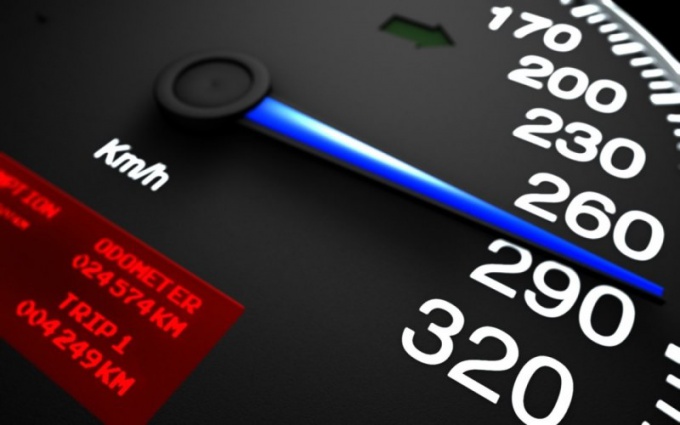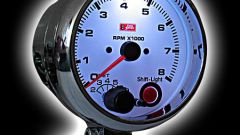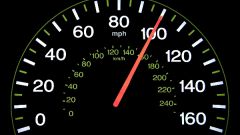Instruction
1
Calculate the average speed of a body moving uniformly throughout the section of the path. This speed calculation is easier because it is not changed on the whole interval movement , and is equal to the average speed. You can write it as a formula: Vрд = V CP where Vрд – speed of uniform movement, and Vav is the average speed.
2
Calculate the average speed ravnokonechnogo (uniformly accelerated) motion at the site, which is necessary to lay down the initial and final speed. Divide by two the result, which will be the average speedof Yu. You can write it more clearly as a formula: Vav = (VN + V)/2, where VN is the initial velocity, and V is finite.
3
Take advantage of a special variant of the above formula, if we know the acceleration and initial speed, but not set the final speed. Mark acceleration as a ratio of ”a” and have the formula: V = a * t + VN. Hence Vav = (VN + V)/2 = (a * t + VN + VN)/2 = a * t / 2 + VN.
4
Convert the above formula if the unknown initial speed, but set the acceleration and final velocity:Vav = (VN + V )/2 = (V + V - a * t)/2 = V - a * t / 2.
5
Calculate the average speedif the length of the traversed path (S) spent on the passage of time (t) by dividing them. This is the classic formula: Vav = S / t. Remember that you must fully take into account the time, even if the object is stopped during the passage of the plot.
Note
If the task does not specify, then the required value is the average ground speed. Under the realized path when calculating understand it is the length of the path along which the body moves. If during the movement of the body to return again to the passed items, then these areas must also be considered and added to the total length of the road.










